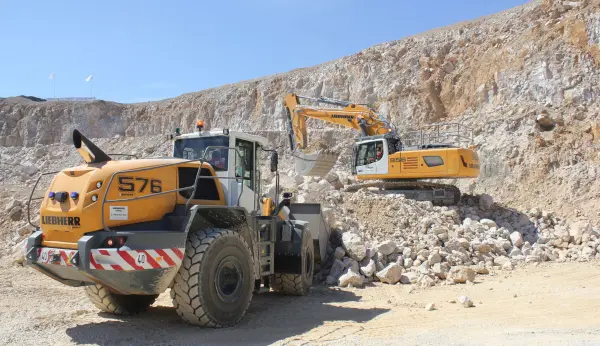Inert waste vital for sustainable aggregates industry
THE Quarry Products Association recently released a position statement underlining the importance of inert waste for the restoration of extraction workings. The statement calls for the Government to class inert waste use in restoration as ‘recovery’, rather than disposal, and to create a fair regulatory regime for inert waste management.
The QPA says the use of inert waste for restoration is becoming increasingly threatened by unnecessarily restrictive regulations. This is impacting on operators’ ability to restore quarries and so gain new permissions for extraction. If operators are not able to use inert waste for the purposes of restoration, up to 30 million tonnes of primary aggregates may be at risk each year, warns the Association.
The QPA estimates that there has been a 30% decrease in the amount of inert material accepted at Pollution Prevention Control (PPC) permitted inert landfills, thought to be predominantly due to the effects of Waste Acceptance Criteria (WAC) testing, representing an estimated 16 million tonnes per annum deficit in the availability of inert waste for quarry restoration.
Additional burdens come from unnecessarily restrictive interpretation of the Groundwater Directive, and the need to line inert landfills with clay due to the supposed risk of contaminated ‘rogue loads’. The QPA says government must continue to strengthen Duty of Care responsibilities and target enforcement on waste producers who intentionally attempt to dispose of non-inert materials at inert sites.
Nigel Jackson, chairman of the QPA’s Environment and Mineral Planning Committee, called for recognition from government that the use of inert waste for restoration is a recovery activity, and must be proportionately regulated as such. ‘Restoration using inert waste contributes significantly to the aims of sustainable development by returning land to agricultural, recreational and conservation uses, and enabling beneficial use of inert wastes,’ he said.


